Fractal Design shows off two new small form-factor cases
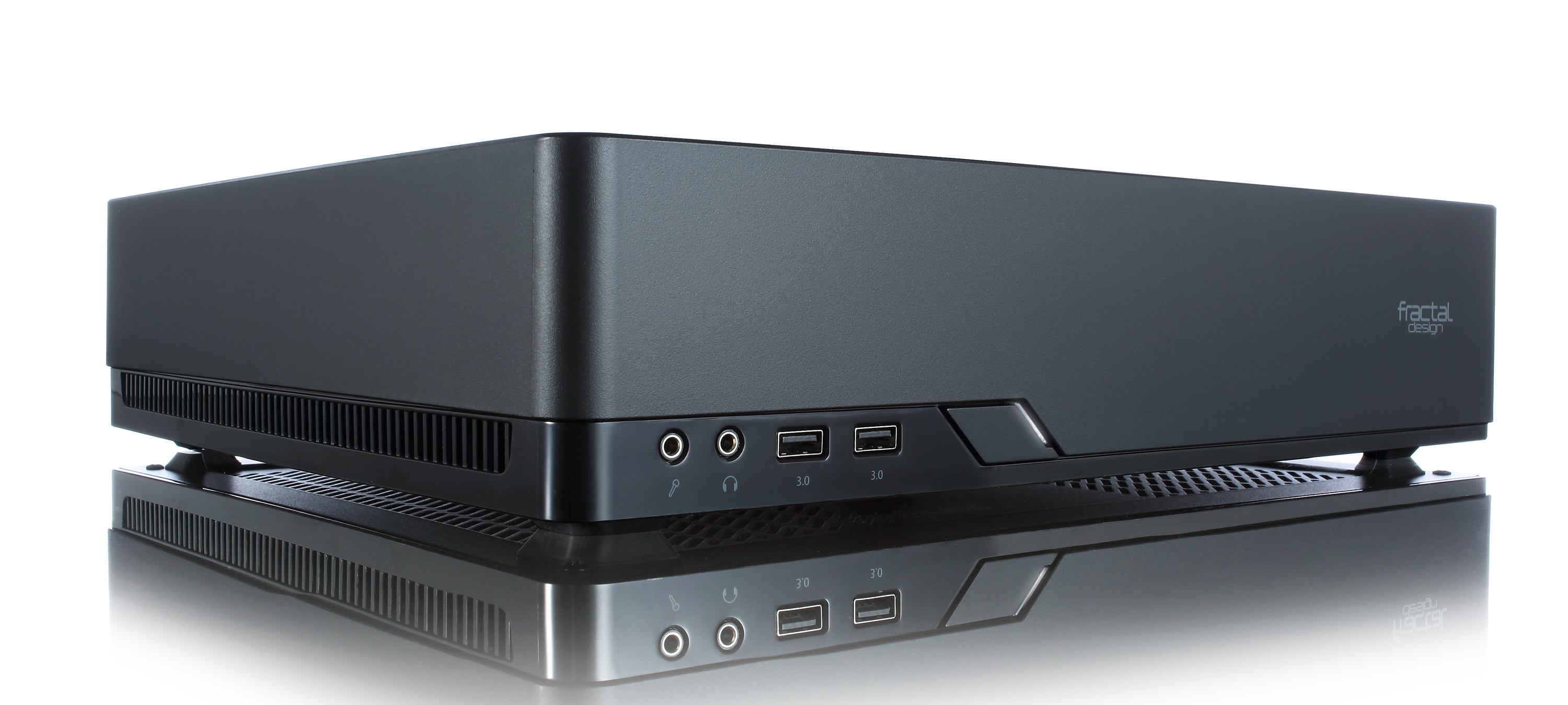
Casemaker Fractal Design brought not one but two new designs to this year’s Computex, both built to hold some very compact mini-ITX PCs—and full-length, dual-slot graphics cards.
First up is the Node 202, which looks like a DVR box without any ugly plastic accenting to be found. It’s all sleek black, down to the USB 3 ports on the front. Fractal wanted the case to blend into a living room, but it includes a vertical stand and could sit on a desk as easily as an entertainment center. Fractal plans to offer a version of the case with an included Integra SFX 450W power supply with shortened cables to save space in the case’s tight quarters.
Here’s a full overview of the case specs, along with a shot of the Node 202 from Fractal’s Computex event.
Drive bay capacity: 2 - 2.5” positions
Expansion slots: 2
Motherboard compatibility: Mini ITX
Cooling / Ventilation: 2 - 120mm optional fan positions in Graphics card chamber
Front interface: 2 USB 3.0, Audio in/out, Power button with LED (white)
Power supply compatibility: SFX PSUs up to 130 mm long
CPU cooler compatibility: CPU coolers up to 56 mm in height
Graphics card compatibility: Maximum dimension of graphics card: 310x145x47mm (LxHxD)
Additional information: Can be placed both vertical and horizontal position, 3 dust filters included (for CPU, GPU and PSU)
Colors Available: Black
Case volume: 10.2 litres
Case dimensions (Horizontal) - W x H x D (mm): 377 x 82 x 330
Case dimensions - (Horizontal) with feet/protrusions/screws: 377 x 88 x 332
Case dimensions (Vertical) - with feet/protrusions/ screws: 125 x 385 x 332
Net weight (kg): 3.5
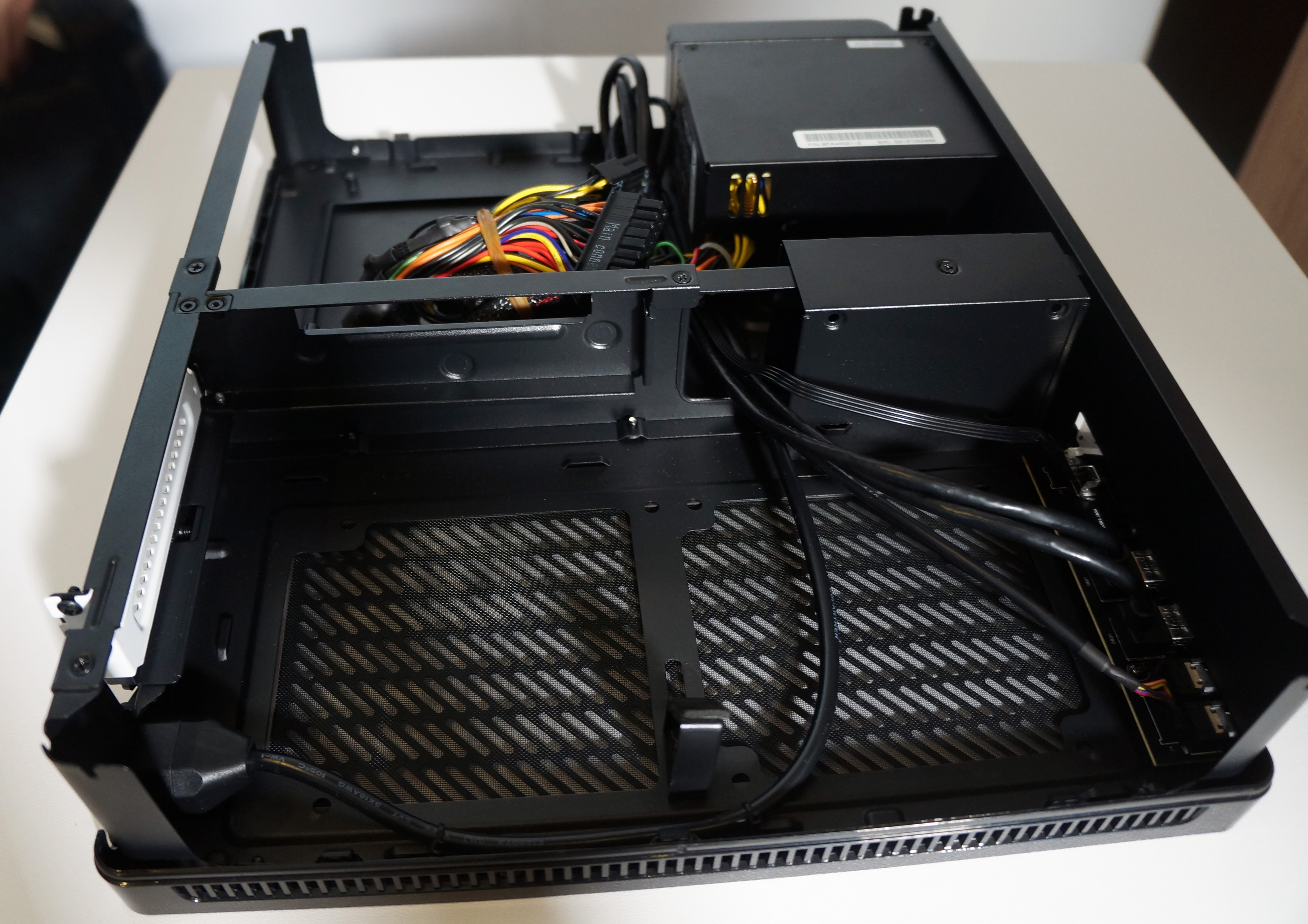
The Node 2 costs $80 (£65), or $140 (£115) with the integrated power supply.
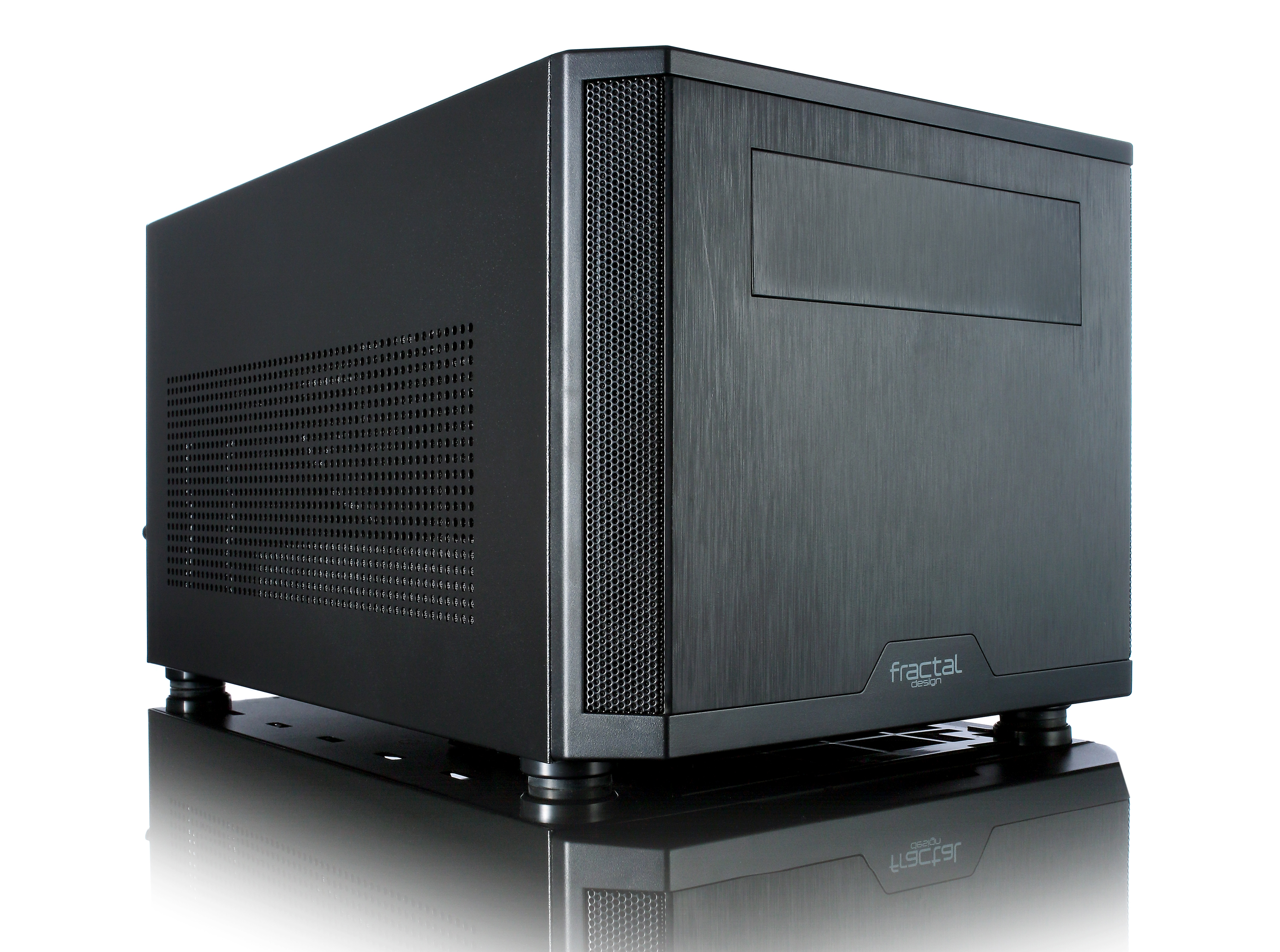
The second case is the Core 500, which bears closer resemblance to a traditional small form-factor computer rectangle. Of the two, it naturally looks like the easier case to build in, with a bit more space to maneuver. It can fit a full-size ATX power supply and a tall 170mm CPU cooler. There’s also ample room for liquid cooling, including space for up to a 280mm radiator at the top of the case, if you remove the ODD bay. Another nice touch: the top and bottom vents are covered by easily removable magnetic filters.
Again, full specs and some photos.
The biggest gaming news, reviews and hardware deals
Keep up to date with the most important stories and the best deals, as picked by the PC Gamer team.
Drive bay capacity: 1 - 5.25” bays (removable), 3 - 3.5” HDD positions, 3 - 2.5” dedicated SSD unit positions
Expansion slots: 2
Motherboard compatibility: Mini ITX
Cooling / Ventilation: 2 - 120mm optional fan positions in Graphics card chamber
Front interface: 2 USB 3.0: Audio in/out, Power button with LED (White), HDD activity LED (White), Reset button
Power supply compatibility: ATX PSUs, up to 170mm in length (non modular PSUs), ATX PSUs, up to 160mm in length (modular PSUs)
CPU cooler compatibility: CPU coolers up to 170mm in height
Graphics card compatibility: Graphics cards up to 310 mm in length
Colors Available: Black
Case volume: 19.5 litres
Case dimensions - W x H x D (mm): 250 x 203 x 367
Case dimensions - with feet/protrusions/screws: 250 x 213 x 380
Net weight (kg): 4.4
Cooling system
Rear: 1 – 120/140 mm fan (included is 1 Fractal Design Silent Series R3 fan, 1000 RPM speed)
Top: 2 - 120/140 mm fan (not included)
Water cooling compatibility: Top – 280, 240, 140 and 120 mm radiators. (Thick- ness limitation of 100 mm for both radiator + fan) (240 and 280 mm radiators require removal of the ODD bay) (280mm radiator can be maximum 325mm in length), Rear – 120 mm radiator (not compatible with the rear 3.5” HDD position)
Dust filters: Magnetic filters on side and top panel, PSU filter
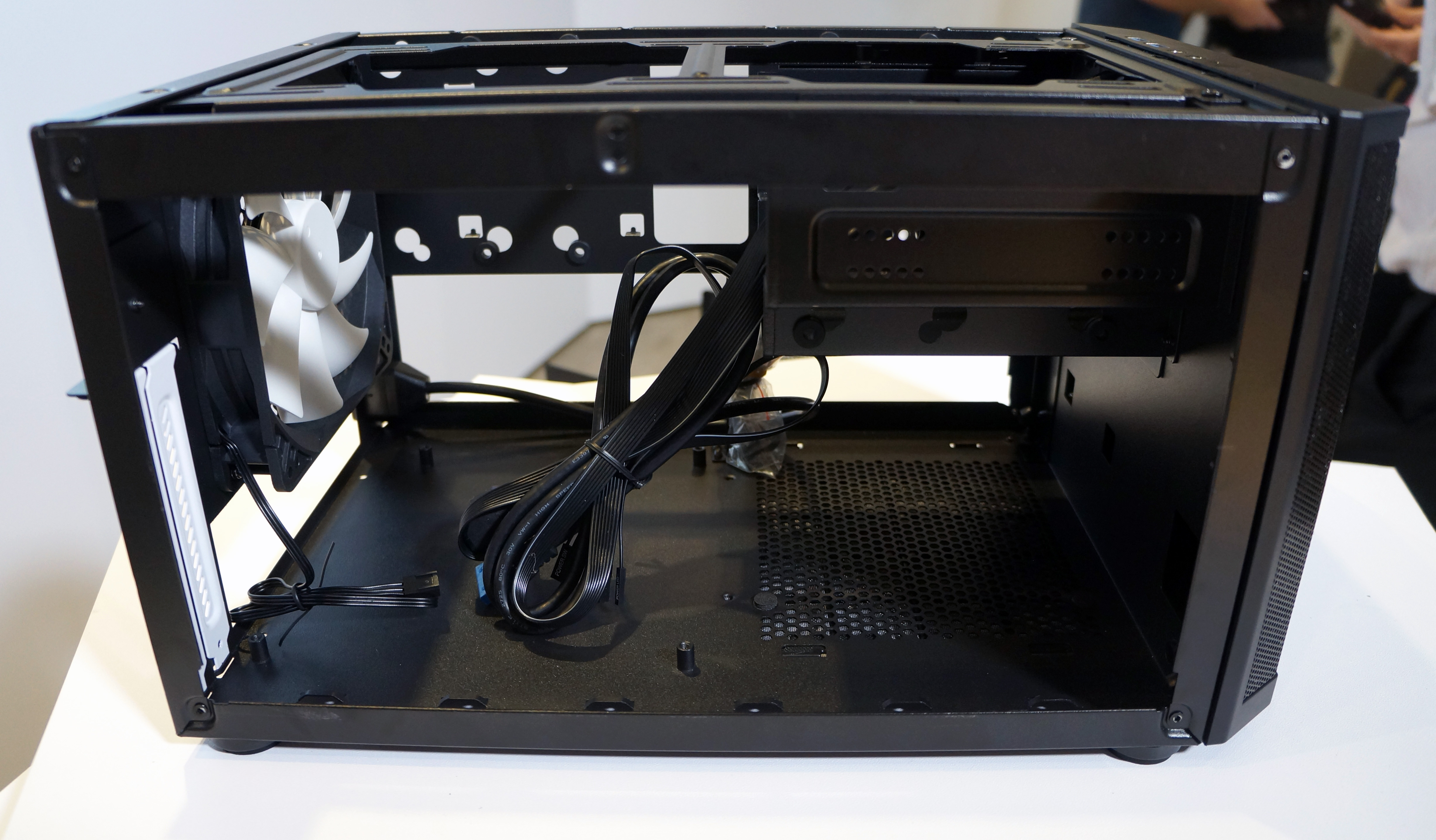
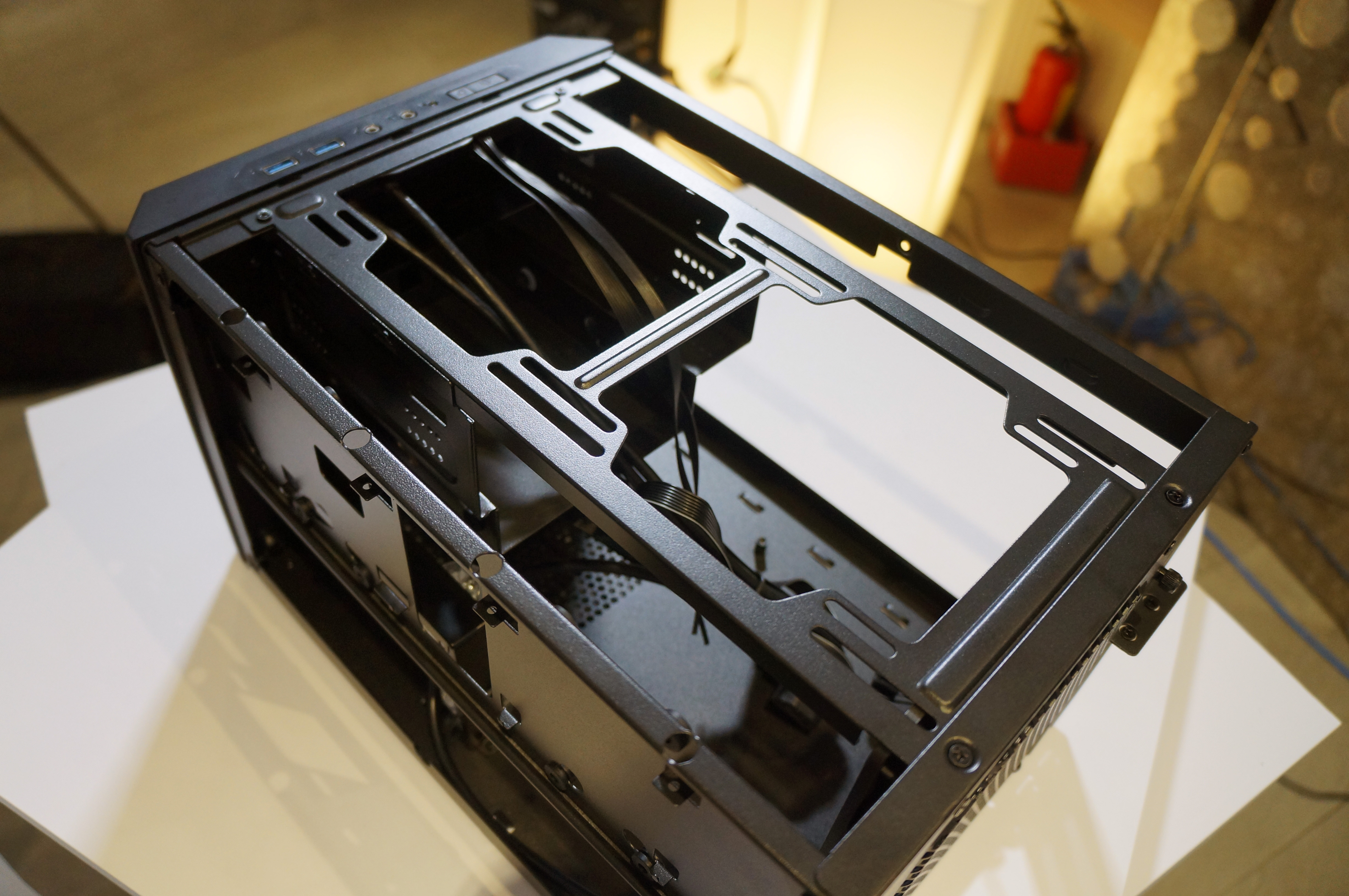
The Core 500 costs $60 (£50). Both cases should be available soon.

Wes has been covering games and hardware for more than 10 years, first at tech sites like The Wirecutter and Tested before joining the PC Gamer team in 2014. Wes plays a little bit of everything, but he'll always jump at the chance to cover emulation and Japanese games.
When he's not obsessively optimizing and re-optimizing a tangle of conveyor belts in Satisfactory (it's really becoming a problem), he's probably playing a 20-year-old Final Fantasy or some opaque ASCII roguelike. With a focus on writing and editing features, he seeks out personal stories and in-depth histories from the corners of PC gaming and its niche communities. 50% pizza by volume (deep dish, to be specific).

